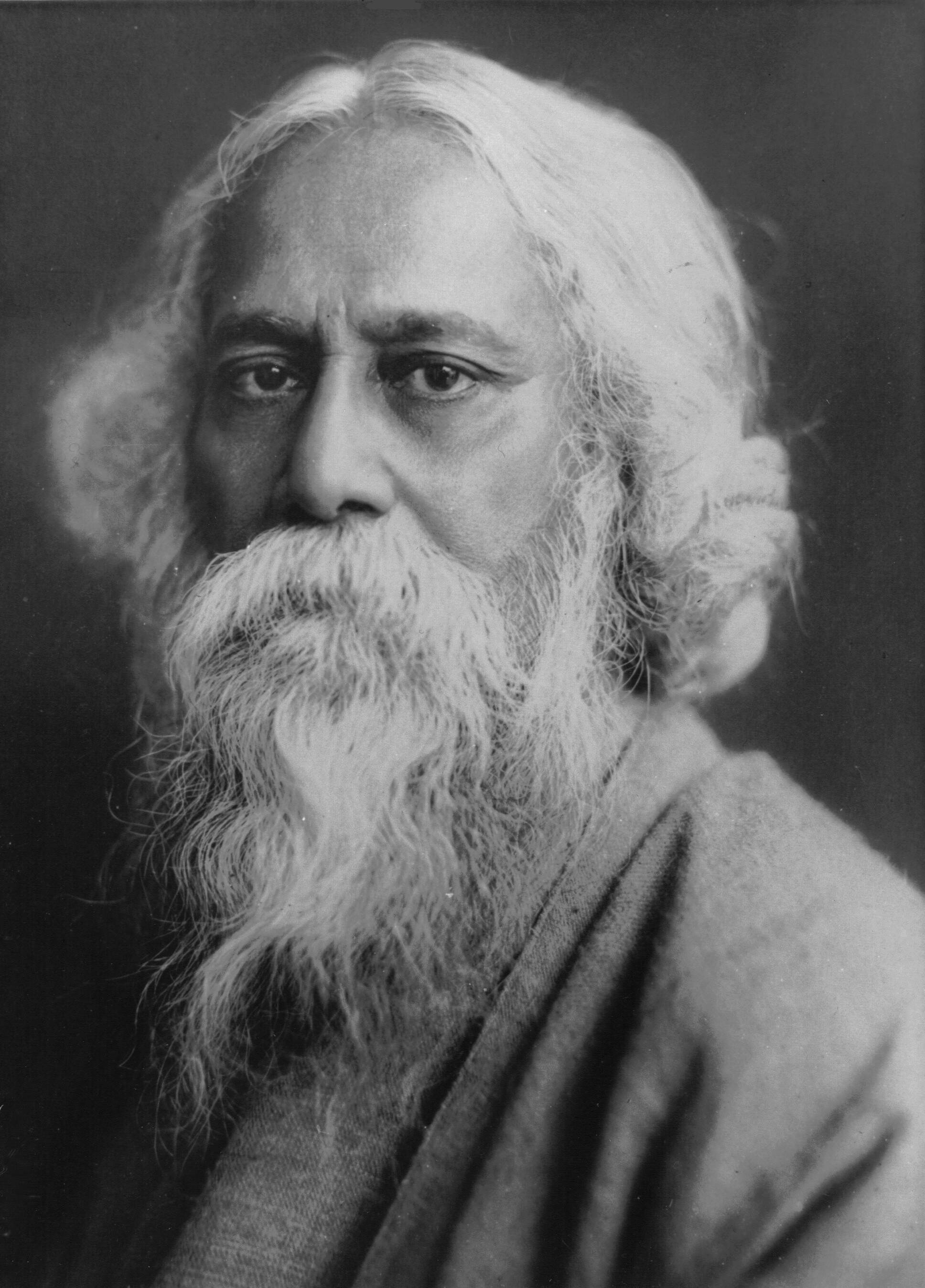Pioneer of rural reconstruction
Rabindranath Tagore’s ideas and actions toward rural development, rooted in cooperative management, were far ahead of time and greatly influenced national policies

It is a general tendency that we try to associate an individual with his most glorified achievement, ignoring other dimensions of his greatness. Similarly, to most of us, Rabindranath Tagore is only a great poet who won the Nobel Prize in literature. The other aspects of Tagore's intellect are hardly referred to. Apart from being the first Asian Nobel Laureate, Tagore was also one of the pioneers to conceive the important role of cooperative movement towards improving village economy. Prolonged exposure to rural life helped Tagore realise how rapid urbanisation during British rule was exploiting village life with deprivation. On understanding the crisis, Tagore, within his limited means, endeavoured to restore economic life in the villages.
In the words of Tagore, "Our centre of culture should not only be the centre of the intellectual life of India but the centre of economic life also''. Tagore, who believed in action rather than cultivation of thought alone, set forth with his plans to have them executed first at Shilaidaha in eastern part of undivided Bengal within the territory of his family estate. It was 1899 and Tagore was eager to implement community agriculture. He was much ahead of his time when he tried to use the method of collective farming and create a provision for 'common barn' from where the villagers could have their crops. Both these initiatives were based on cooperative management systems. Tagore was no economist; he had a social vision that encompassed humanity. He formulated the creed for rural rejuvenation based on a cooperative system where almost all the fundamental requirements of life are fulfilled. For the pragmatic Tagore, it was not difficult to understand the necessity of ensuring food, health and education for all. He devised steps like 'equal subsidy hospital' for medical treatment; 'adult literacy centre' for education and 'soil testing laboratory' for facilitating agriculture. As a part of the cooperative system, a bank was opened to save the commoners from the landlords. All these were done at a time when village development was a distant idea.
In the 19th and early 20th century, attempts were made to conceive ideas to reach the masses. There were people like Gandhi and Robert Owen who believed in utopianism and model farms. Tagore's work of rural reconstruction may be seen in this lineage of wider tradition. Much before the term or concept of 'Holistic Development' became a popular coinage, Tagore sought it at Sriniketan. He was wise enough to understand that no development could be attained without eliminating dissension and intolerance. Hence communal harmony got priority in Tagore's mission for development. Today, when we think about development, we take care of harmony so that the fruits of growth are not rotten by conflict. Modern approach to socio-economic progress owes much to ideas of Tagore who, at Sriniketan, started the work of rural reconstruction in 1922 under the guidance of Leonard Elmhirst — the first Director of Sriniketan. People like Kalimohan Ghosh, Dhirananda Roy and poet's own son Rathindranath Tagore also took charge of things.
There was a time when Tagore was sponsoring learning in agriculture-technology in the University of Illinois for his son RathindranathTagore; his son-in-law Nagendranath Ganguly and his friend's son Santoshchandra Majumder. This was done so that these people could come back with their knowledge to contribute towards improving the impoverished countryside. Tagore always emphasised on vocational achievements as means of sustainable development. At Sriniketan, Tagore set up 'Shiksha Satra' for vocational training. This was based on what we call today 'functional literacy'. Concept of 'beautility', which is a popular term now, was experimented long back by Tagore while popularising vocational training at Sriniketan. For children, there was 'Broti Balak Sangha', where habits like surrounding cleaning were developed. Along with it were 'Shilpa Bhavan' for handicrafts; 'Lok Shiksha Sansad' for distance learning from preliminary to higher standards. All these operated in cooperative structure, promoting education and vocation.
Tagore was tireless in seeking a dialogue between culture and agriculture. His approach towards rural development is still growing in relevance, especially in matters of adoption of villages. Microfinance, which is a world-wide topic of economic research, was very much a part of Tagore's theory of cooperative management for rural improvement. Gradually, the seeds of development started sprouting with village reforms at the grassroots level, addressing various subjects like cattle breeding, poultry farming, anti-malarial measures, rural banks, weavers' cooperatives, training for midwifery etc. Special care was taken for training of widows as means for women empowerment. Tagore in his outlook for the elevation of village life combined education with social order. He encouraged personal hygiene and sanitation along with reading habits. He influenced Gandhiji in the latter's ideas about ideal village structure and basic education. Pandit Jawaharlal Nehru borrowed the idea of 'Block Development' from Tagore; and this idea can also be termed as the fore-runner to the modern Panchayati System. It is time to acknowledge Tagore for exhibiting how growth and distributive justice could be generated by combining best means in collective manner for maximum benefit.
The writer is an educator from Kolkata. Views expressed are personal



